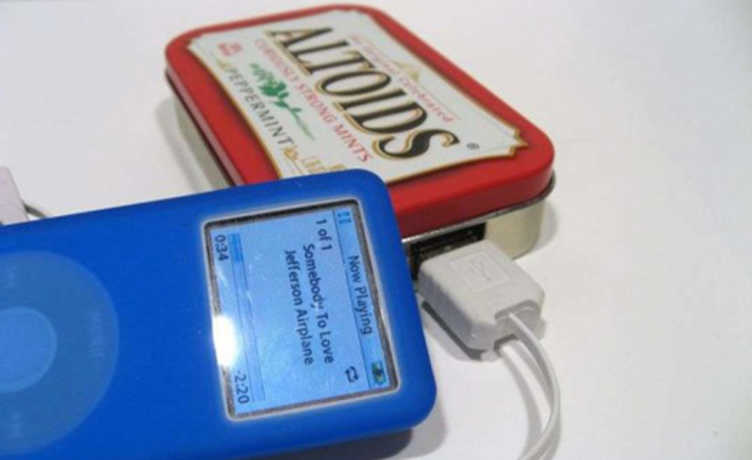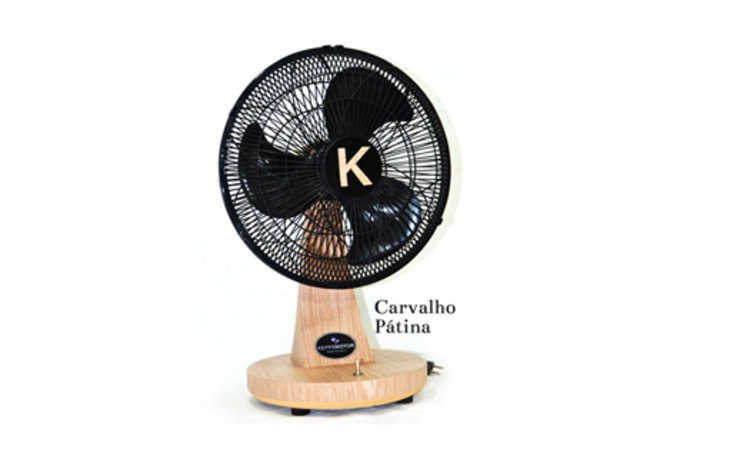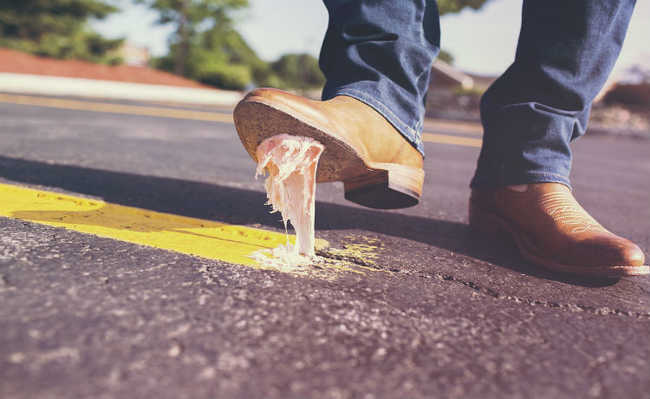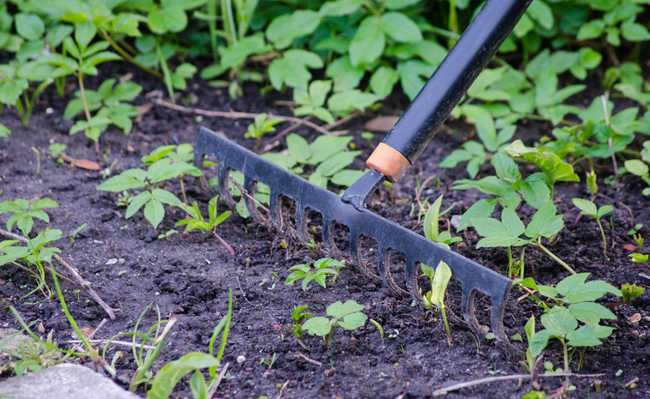Pros and cons of plastic for the environment
Contrary to popular belief, plastic also reduces excessive energy expenditure in some situations, but harm is still greater and very serious

Image: David Clode on Unsplash
Nowadays, with the awareness about recycling taking more and more body in society, talking about the benefits and impact of plastic on the environment is complicated, but they do exist. In terms of packaging, plastic is unbeatable, although single-use plastics are the most easily avoidable. But the plastics industry has not only brought in oceanic waste and pollution, there are also some good things.
Amazingly, plastic has brought some savings to the environment. One example is the automobile industry. The old cars had a lot of metallic equipment, very heavy. With the spread of plastic materials, they reached the auto parts market to make new cars. The result: cars became lighter and the cost of fuel was significantly reduced, easing greenhouse gas emissions.

Image: Dustan Woodhouse on Unsplash
In other situations it is also possible to see some environmental benefit. Examples: the thermal insulation of certain materials reduces energy consumption; in landfills, plastic sheeting is used to waterproof the groundwater, preventing its contamination; plastic films provide better yields on certain types of agricultural crops; the installation of water collection fed by plastic pipes in places with difficult access is only possible due to this technology. There are other beneficial uses of plastic, but this industry unfortunately still poses many problems.
extraction and refinement
To produce plastic, it is necessary to have oil and the entire refining process. Even though the plastic comes from a small portion of black oil (only 5%), to extract and refine it, it is necessary to carry out the entire process, which involves practices that excessively pollute the environment. The impacts of refineries range from the consequences of seismic studies carried out in the exploration stage to the consumption of large amounts of water and energy, generation of absurd amounts of liquid discharge, release of various harmful gases into the atmosphere, production of difficult solid waste treatment, in addition to frequent oil spills in the marine environment.
- Young researcher discovered material capable of helping to contain an oil spill
Post-consumption
After the refinement and manufacture of thousands of plastic products, they end up on the shelves and, for the most part, end up being quickly discarded (especially when it comes to packaging). In the environment, the problems are quite serious.
Plastic is difficult to compact and generates a large volume of waste. Therefore, it occupies a large amount of space in the environment, which makes it difficult for other organic materials to decompose. The plastic's durability and strength became problems after disposal. As it is proof against fungi and bacteria, its degradation is extremely slow and can take more than 100 years. Furthermore, when plastic falls into the oceans, it breaks down into small plastic particles, called microplastics, which end up participating in the food chain.
- Food packaging and the challenge of reducing waste generation
- Microplastics: one of the main pollutants in the oceans
Environmental and social impacts
When disposed of incorrectly, plastic garbage can clog ditches and manholes, which generate floods and make people homeless, especially those living in the suburbs. Visual pollution is also another harm caused by plastic waste. Not to mention the impact of plastics on the marine ecosystem.
Research shows that plastic, in the marine environment, suffers from the environment (sun, high temperatures, different levels of oxygen, wave energy and the presence of abrasive factors such as sand, gravel or rock), fragments and takes on an appearance of food for many of the marine animals, causing their death and interfering with the reproductive cycle of many species.
What to do?
Recycling becomes the main tool to avoid these impacts, in addition to the other “errors” of the rule: reuse and reduction . Check out other materials carried out by eCycle portal on this topic:
- How to reduce plastic waste in the world? Check out indispensable tips
- Know the types of plastic
- Where do they come from and what are plastics?
- Plastic recycling: how does it happen and what does it become?
- Know what to do with non-recyclable plastics
- PLA: biodegradable and compostable plastic
- The oceans are turning to plastic
- Understand the environmental impact of plastic waste on the food chain
- What is ocean plastic?
- There are microplastics in salt, food, air and water










